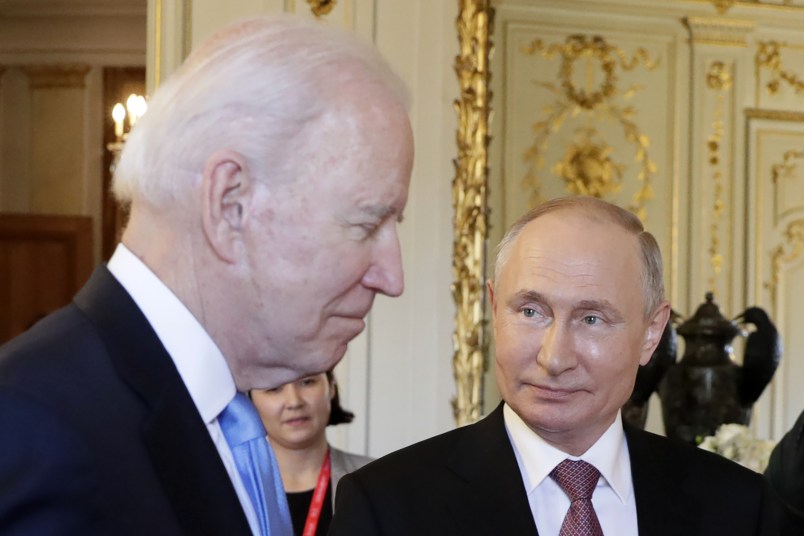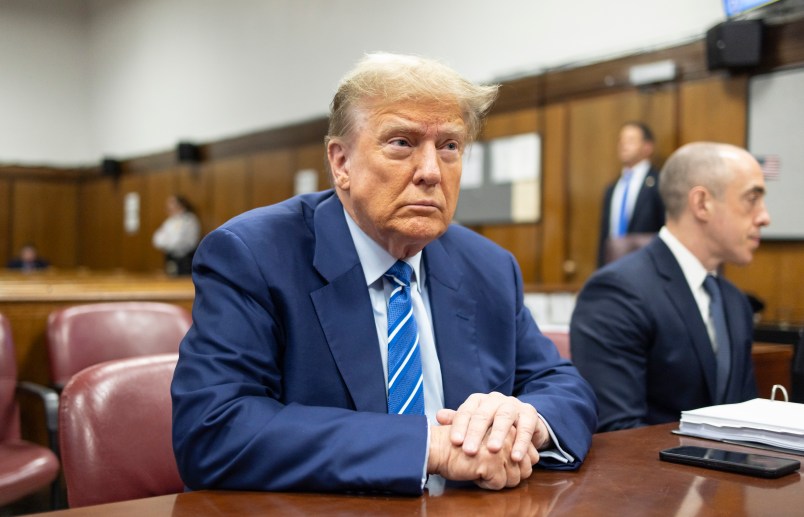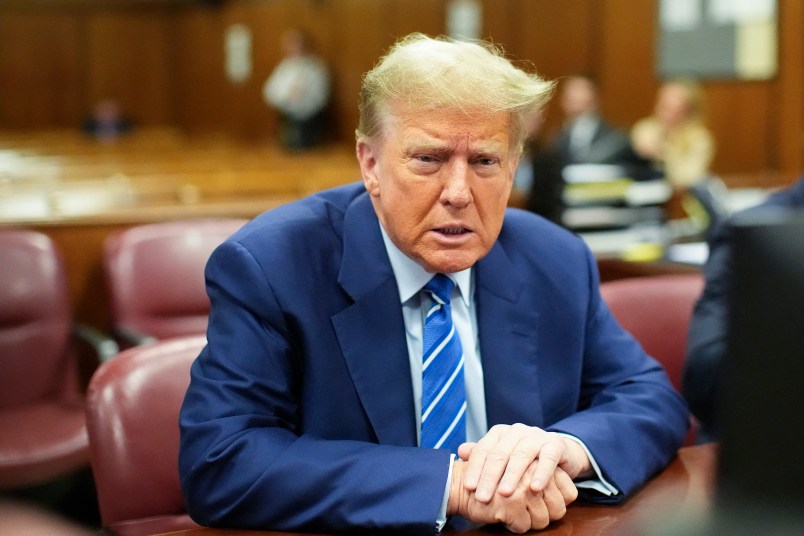I oppose Russian President Vladimir Putin’s decision to dismember Ukraine, and I support placing sanctions on Russia. But I am leery of the political process by which the United States and Russia reached this turn of the road, which could signal the beginning of a Cold War II. The process is sadly reminiscent of how the United States had previously come to a point in its foreign policy where it had no favorable options.
Since the Cold War’s end, American foreign policy has been conducted by responding to today’s news. To the extent the United States has had a long-term perspective, it is the hazy dream, first articulated in Christian millennial terms by the Puritans, of an American-led global transformation. (I wrote about this in a 1992 book, Grand Illusion, and political scientist John Mearsheimer recently described this outlook in The Great Delusion.) On the basis of this entirely unrealistic view of the world, the U.S. has stumbled into crises that it didn’t know it was creating. Think of the circumstances — beginning after the first Gulf War that led to our invasion of Iraq. Or think of our conflict with Russia over Ukraine.
This conflict over Ukraine did not begin in December 2021 when the Russians began massing troops — in fact they had done so before, and pulled back — but at least thirty years before with the Clinton administration’s decision to prop up Russian President Boris Yeltsin and at the same time expand NATO eastward, eventually to Russia’s borders. On the plus side, Clinton recognized that Russia was not a natural adversary of the United States; on the minus side, Clinton fantasized that Russia (and China) could be brought into a U.S.-led and dominated capitalist world order. Yeltsin, it was imagined, would promote capitalist democracy at home and accede to NATO expansion and NATO’s war against the Serbs, Russia’s fellow Slavs.
What happened was that Yeltsin, with the help from American money and advisors, wrecked the Russian economy and polity and paved the way for Vladimir Putin, whom Yeltsin appointed as his successor. At the same time, America’s moves with NATO and the former Yugoslavia (where the United States made little effort to bring Russia in) began driving a wedge between the United States and Russia. As Masha Gessen has written in The New Yorker, the air war against Kosovo “foreshadowed the crisis in the Ukraine.”
If you look at what happened over the next administrations, you see Russia making occasional efforts at cooperation — for instance, over al Qaeda and Afghanistan and then over Syria and Iran — and the United States making occasional efforts to “reset” relations with the country. But the U.S. also took steps that were bound to deepen the conflict: America’s attempt under George W. Bush to dominate the Middle East; Bush’s proposal (backed by John McCain and Barack Obama and ignoring warnings from Putin) to bring Ukraine and Georgia into the NATO in 2008, which precipitated the war in Georgia; Obama’s deception of Russia (and China) at the United Nations over American intentions in Libya; and then, of course, American support for the Maidan revolution in Ukraine in 2014 that forced out elected pro-Russian leader and replaced him with an administration hostile to Russia and the Russian-speakers in eastern Ukraine. That in turn helped inspire Russia’s reclaiming Crimea.
Trump played up his friendship with and admiration for Putin, but his administration continued the Obama policies in Ukraine. These included arming Kyiv’s government against the Eastern separatists while the government, pressured by rightwing nationalists, rejected the terms of the 2015 Minsk II agreement reached by French, German, Ukrainian and Russian leaders. According to this agreement, the Kyiv government was to grant autonomy to the Russian-speaking Donbas region. (Trump also pulled out of the INF missile treaty with Russia that Ronald Reagan negotiated in 1987.)
In 2019, Ukrainians elected a President who revived Ukraine’s hopes for NATO membership. In response, Putin and Russia have continually upped their ante, airing dreams of a greater Russia, on the one hand, and massing troops on the border, on the other. Now with Putin’s recognition of the separatist regimes, he has, perhaps, set the stage for a wider conflict; and the United States and its allies in NATO would have no choice but to respond with sanctions. But sanctions, such as those imposed after Russia seized Crimea, are unlikely to deter Putin. And really draconian sanctions, such as those used against Iran, could plunge Europe and the U.S. into a recession.
The question to ask about this process is this: how did we get to the point where we were unable to respond constructively to Russian fears of a new encirclement from NATO? As my former colleague Robert Wright put it, how could American and Western European leaders say, on the one hand, that they did not contemplate Ukraine becoming a member of NATO and say, on the other hand, that they would not accede in any way to Putin’s demand — at the center of his December communication with Biden — that NATO commit itself to barring Ukraine’s membership? The same question could be asked about Putin’s demand that Ukraine’s government abide by Minsk II.
One could argue that Putin was always determined to re-incorpoate Ukraine into a greater Russia. Maybe, but it seems to me that Putin’s pronouncements about Ukraine’s sovereignty last summer and this week were part of his upping the ante against America’s unwillingness to discuss his demands about NATO and the demands he made of Biden.
The conflict with Russia over Ukraine would seem to have called for what Richard Nixon called “playing the long ball.” Nixon had played the long ball — defied prevailing opinion — by going to China. Earlier, French President Charles De Gaulle, one of Nixon’s models, had done so by ending France’s war in Algeria. Later, Ronald Reagan would do so with Mikhail Gorbachev in Geneva. The United States might have stepped back from the years of provocations and resets to propose a “grand bargain” with Russia that would resolve or at least ease the conflict — one based, perhaps, on a neutral Ukraine or on the enforcement of the Minsk II agreement.
Perhaps the die was already cast. Perhaps, Putin was never amenable to negotiations. Or perhaps Biden and his foreign policy team of former staffers was not up to playing the long ball. Or perhaps there is still a possibility for a grand bargain. I don’t know, because the exchanges among American, European, Ukrainian and Russian leaders remain secret. But it seems to me that without such a bargain, we could be headed for another foreign policy disaster — one that will have repercussions in the United States and Western Europe as well as in Russia and Ukraine. Think war, skyrocketing energy prices, recession, refugees and a Russian-Chinese alliance against the United States and its allies.








